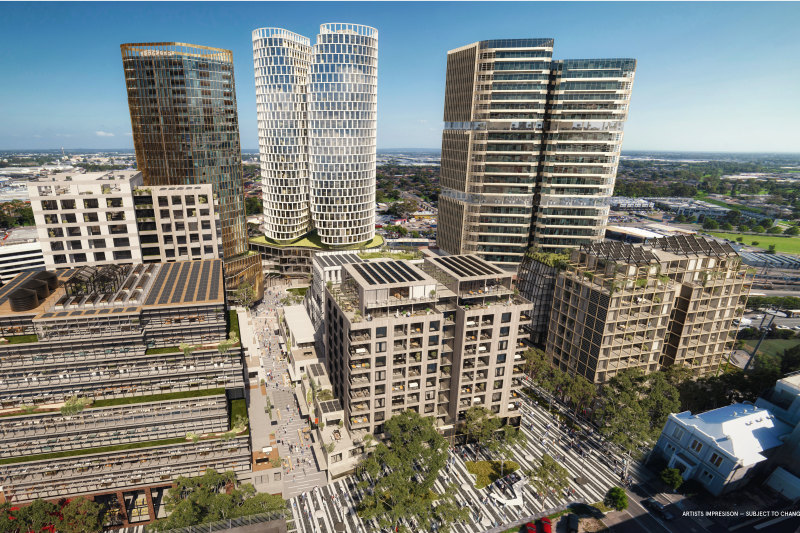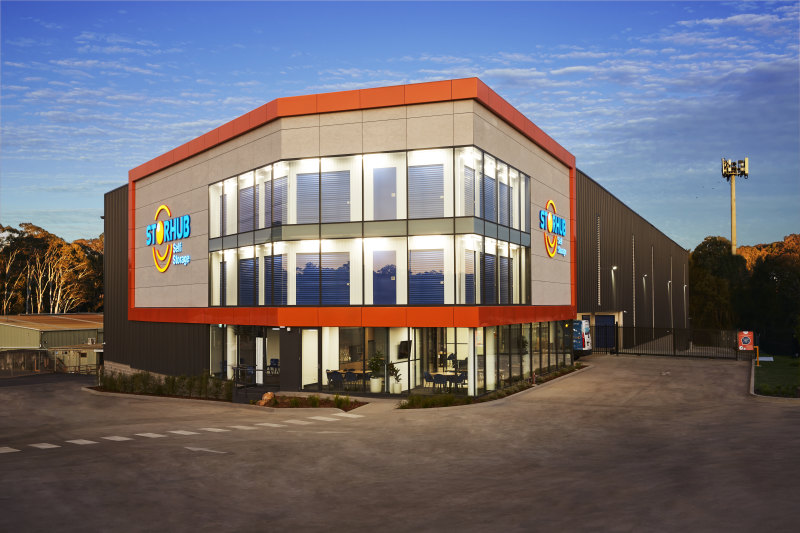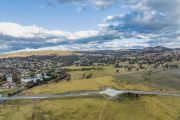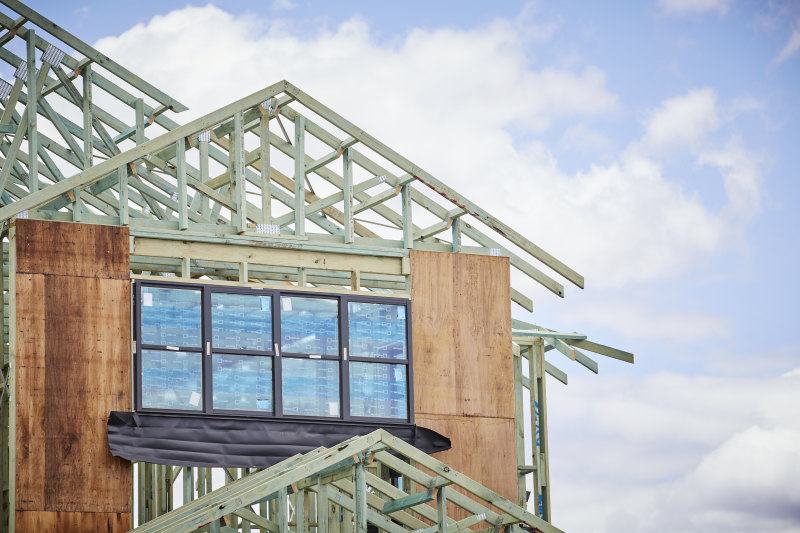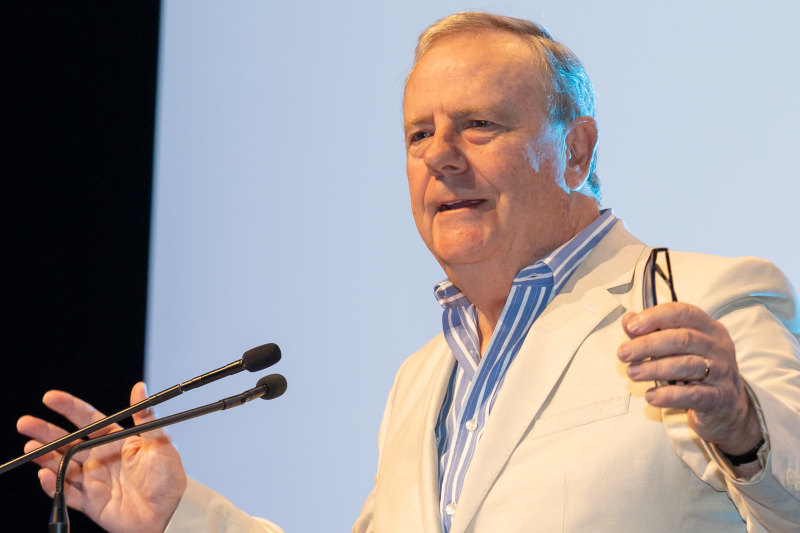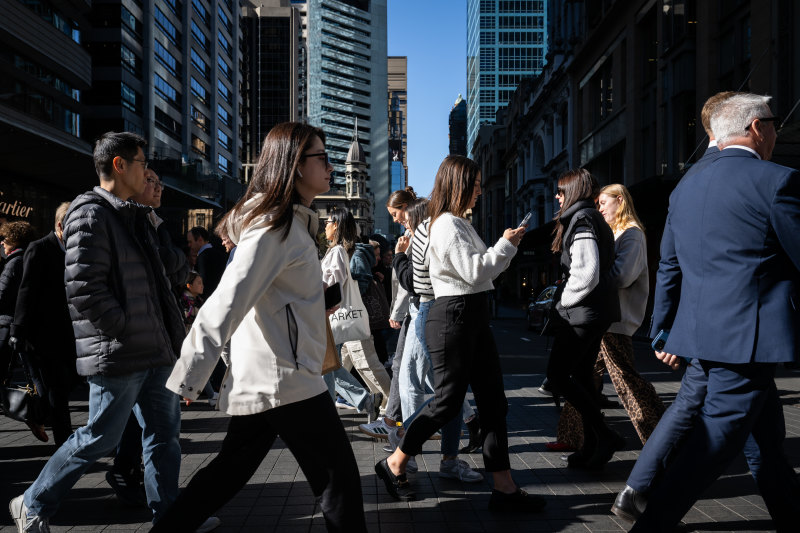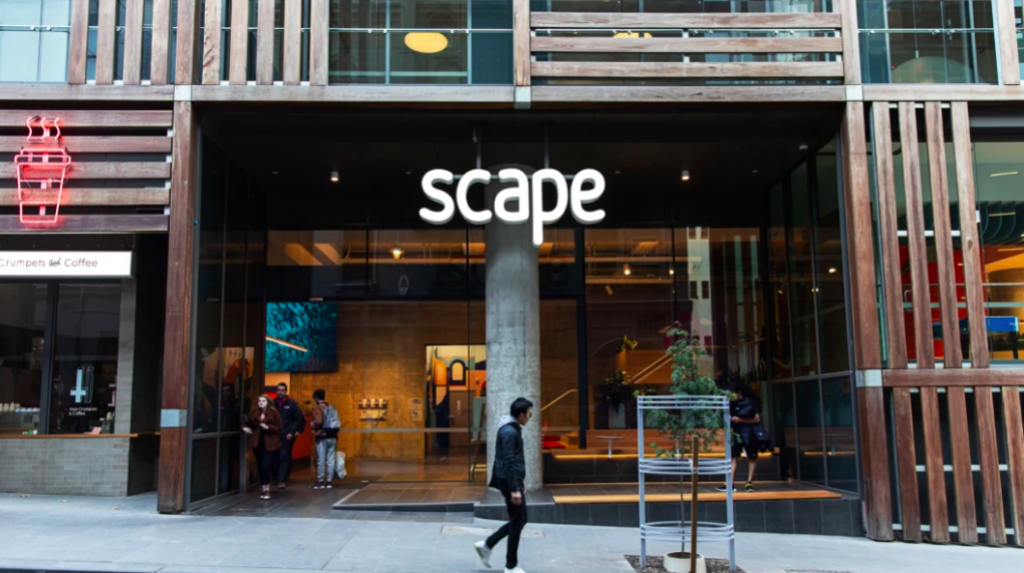
Student digs hit hard but will gain traction when borders reopen
Demand for student accommodation has been hit hard but is set to bounce back when international borders reopen and overseas education can resume at levels achieved before the global pandemic.
International education was worth $40.4 billion annually to the Australian economy in March, but since the pandemic hit, the sector’s income has declined sharply.
With the March quarter historically the largest quarter in revenue terms, there will probably be negative annual growth by the third quarter for the first time since 2013.
In line with most current economic forecasts, and following the fallout in international student arrivals, just 30 arrived on a temporary student visa in April 2020, down 99.9 per cent on April 2019, according to Savills Australia data.
But reflecting the forecast strength of the sector was the recent $2 billion deal in which Evergreen, M3 Capital Partners’ principal investment vehicle, sold its 6875-bed Urbanest Australia student accommodation portfolio and platform to global operator Scape.
The sale, advised by Savills, includes 14 student accommodation assets in Sydney, Melbourne, Adelaide and Brisbane, as well as market-leading, purpose-built student accommodation (PBSA) platform Urbanest Australia.
It is expected there will be further rationalisation in what is a highly fragmented market as operators assess future demand.
Student housing has been one of the strongest performers for commercial property investors, with demand rising in line with the growth of international student numbers. Many older-style buildings once earmarked for office or residential developments have been snapped up for student housing.
Cedar Pacific, a student accommodation provider, recently expanded its footprint with a new 579-bed student accommodation complex next to the University of Melbourne’s primary campus.
Paul Savitz, director of student accommodation at Savills Australia, said the early and effective shutdown of Australia’s borders in mid-late March and repatriation of citizens to home countries triggered a decline in occupancy of between 20 to 50 per cent.
“This corresponds with ABS data reporting a 25 per cent decline in international student arrivals in the three months to the end of March, compared to the same period in 2019,” Mr Savitz said.
But with the federal government’s new easing of restrictions ??? universities can increase face-to-face learning where possible and prioritise hands-on, skills-based learning ??? the sector is seeing some green shoots of growth.
In part, this is coming from domestic-based students who are using the downtime from the coronavirus to enrol in studies to gain an edge when the economy comes out of hibernation.
Conal Newland, director of student accommodation at Savills Australia, said with competitor nations facing their own pandemics, and struggles relating to the higher education sector, Australia would benefit from the strict, early control of COVID-19.
Mr Newland said that an escalation in Australian students exploring courses at domestic universities at the expense of courses overseas is already showing in the same online search behaviour data.
“Since the pandemic hit, Australians searching for domestic courses is up 34 per cent on a five-weekly average compared to the same period during April and May 2019,” he said.

